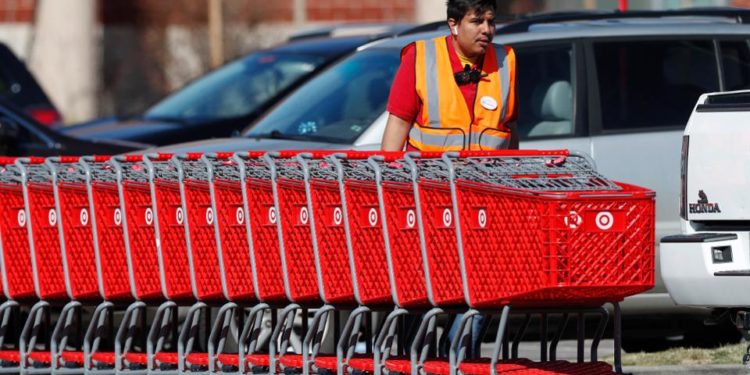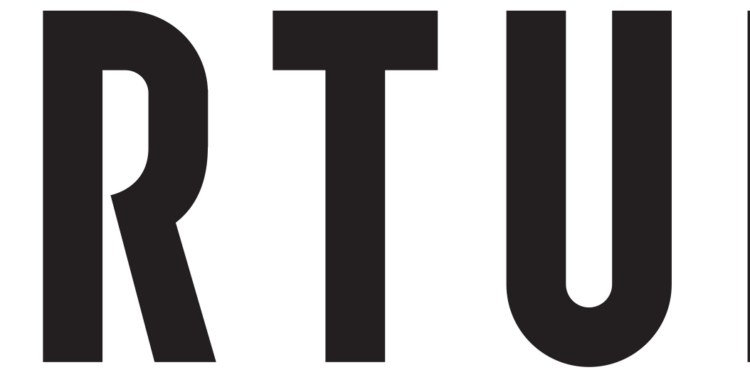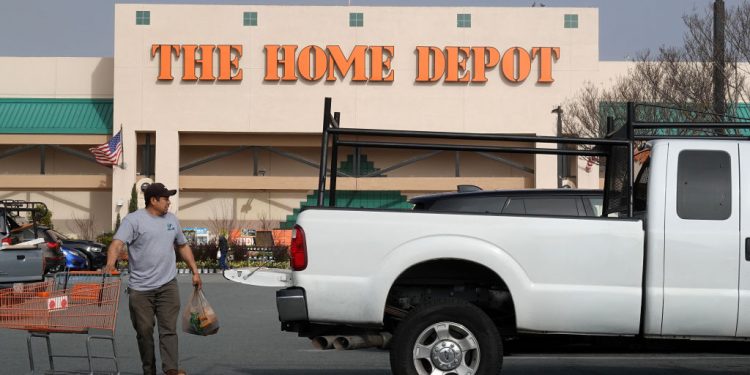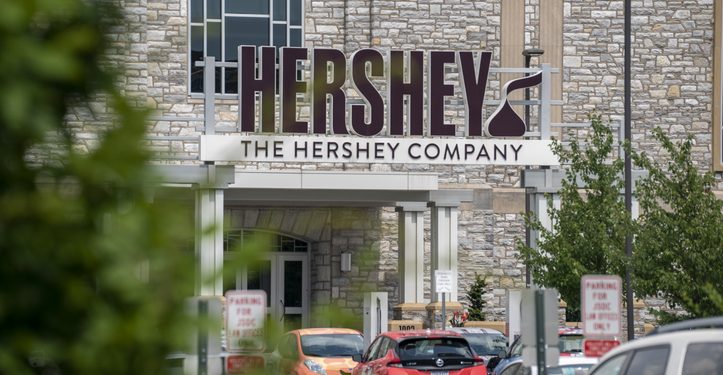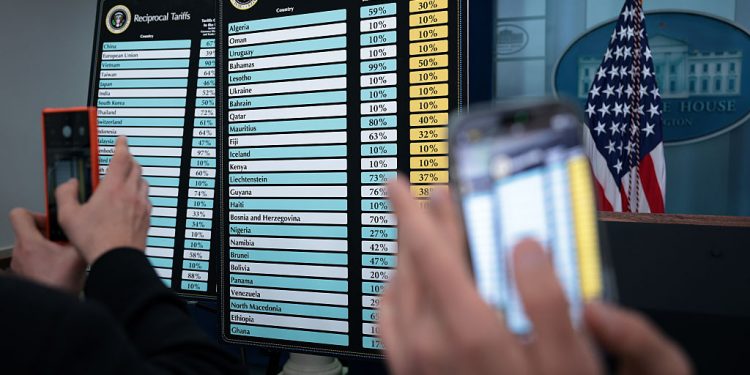Our Patchwork of Paid Sick Leave Policies is Failing Workers – Nearly 75% of Americans Missing Work Due to COVID Aren’t Getting Paid
As the number of COVID-19 cases in the U.S. continues to rise, paid sick leave remains crucial to limiting the spread of the virus, protecting workers’ finances, and supporting businesses and the economy. Recent data from the Census Bureau, however, shows that the vast majority of Americans who weren’t at work because they had COVID-19 symptoms did not receive any pay.
Beginning at the end of April, the U.S. Census Bureau deployed a new weekly experimental household survey to identify how the pandemic is impacting people’s social and economic wellbeing. A key section of this survey asks whether a respondent worked in the last week and, if not, what was the main reason why, including whether it was because they were “sick with coronavirus symptoms.” Specifically, respondents are asked if they worked for pay during the prior seven days and if they didn’t, whether they received any pay during this period.
Over a four week period (June 18 to July 14), 71% of adults who didn’t work because they had COVID-19 symptoms reported receiving no pay during that period; only 10% reported using paid leave during their time away from work.
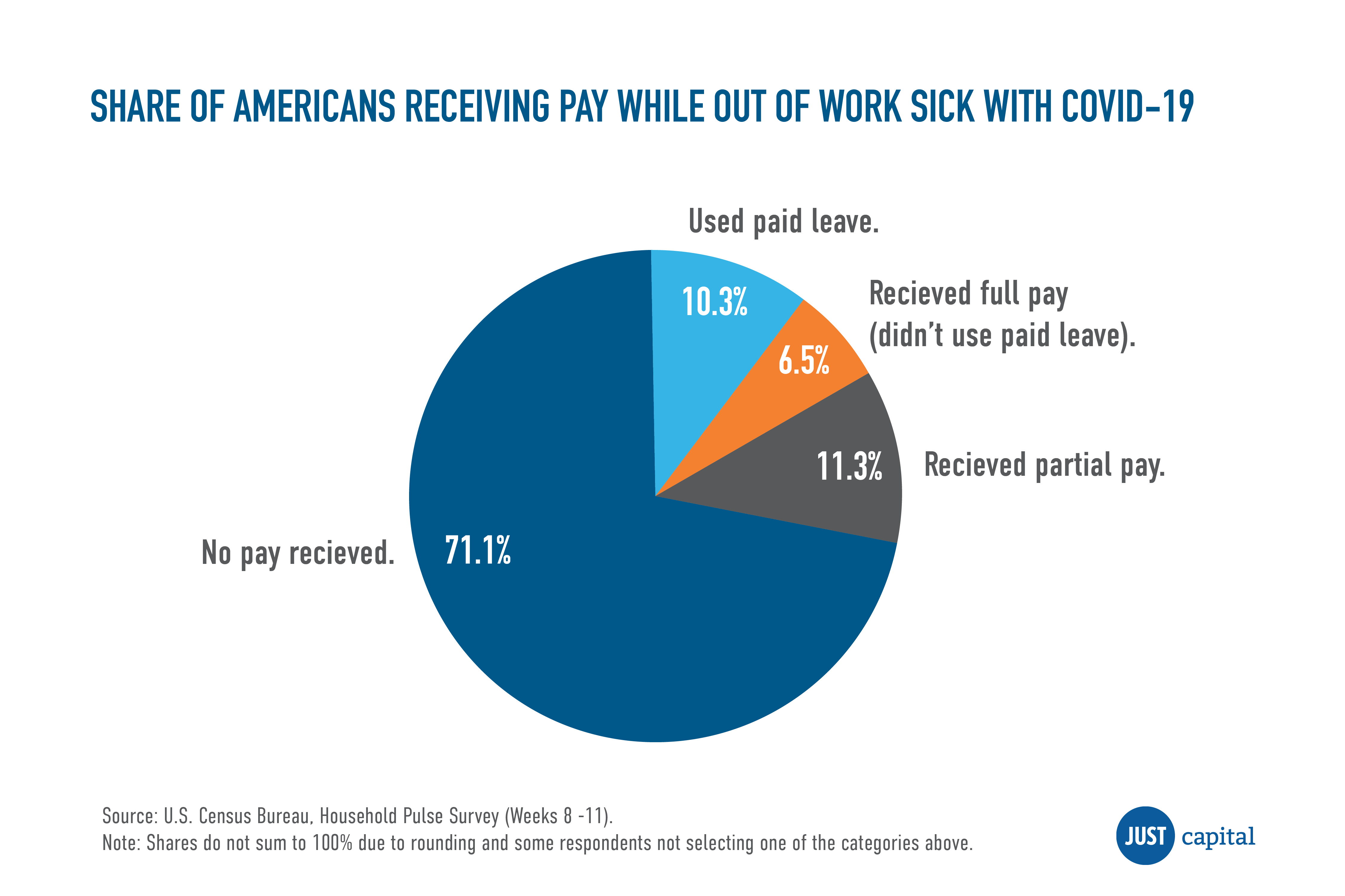
Disproportionate Impacts
A closer look at the data illustrates that low-wage workers and people of color comprise the majority of people missing working due to COVID-19 illnesses. These workers are also among those least likely to have access to paid sick leave benefits prior to the outbreak. Below is a snapshot of the demographic characteristics of Americans missing work due to their COVID-19 symptoms.
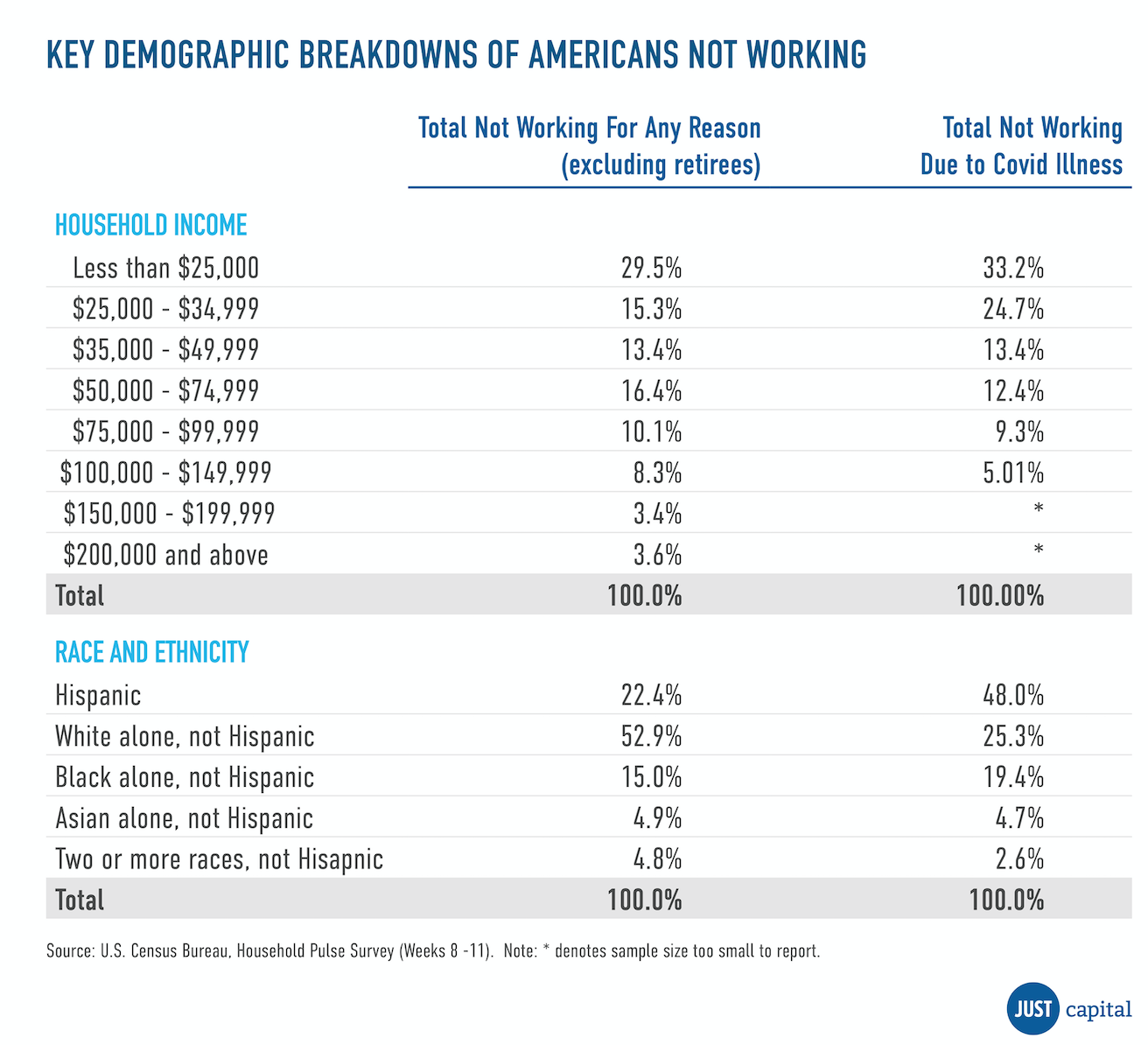
Americans not working due to a COVID-19 illness are disproportionately low-wage workers. More than 70% have a household income of less than $50,000, with nearly 60% making less than $35,000. As a point of comparison, among all adults not working for any reason, 45% earn less than $35,000. People of color also make up a majority of all adults not working because of COVID-19 symptoms, with Hispanic or Latinx workers comprising almost 50% of all adults.
As identified above, nearly three in four (71%) adults not working because they have COVID-19 symptoms are not receiving any pay. Alarmingly, these rates are far higher among low-wage workers. For example, among adults with a household income of less than $25,000, more than 87% didn’t receive any pay while they weren’t working; among people with a household income between $25,000 and $34,999, more than 73% of people didn’t receive any pay.
The State of Paid Sick Leave
Nearly six months into the COVID-19 crisis, one may wonder why so many workers still can’t access adequate paid sick leave benefits. The short answer is that paid sick leave in the U.S. remains a patchwork of policies, including a new federal law, city-wide programs, and employer provided benefits. The data highlighted above suggests that this approach has largely failed at a moment when workers need paid sick leave benefits the most.
Prior to the COVID-19 crisis, there were significant disparities in access to paid sick leave across the labor force. Overall, 73% of private-sector workers had access to paid sick leave but rates were far lower in industries with significant frontline workers and among low-wage workers. For example, only 45% of those in the Accommodation and Food Services sector had access to paid sick leave; overall, only 30% of the lowest paid workers have access to leave.
Recognizing the health and economic importance of workers having adequate paid sick leave, Congress passed the Families First Coronavirus Response Act, which included a requirement for employers to provide up to 80 hours (10 days) of paid sick leave to workers. The Act, however, contained a large loophole, exempting employers with 500 or more employees, which represents more than half of the nation’s workforce.
On top of that, the Department of Labor – the agency charged with implementing the law – has done little to ensure covered employers and workers are aware of their rights under the program. In fact, the Department has taken steps to make it easier for small employers to also be exempt from providing workers with paid sick leave in instances when they need to care for children.
In short, legislated exemptions, clawbacks through regulation, and the lack of an implementation strategy reduced the effectiveness of the Families First Coronavirus Response Act. It’s clear that federal legislation that provides paid sick leave to all workers – regardless of employee classification or what size of company they work for – is still needed.
Where Companies Can Step in
In the absence of additional Congressional action, large companies should step up and provide all workers with paid sick leave. JUST Capital’s polling shows that this issue is among the top priorities of the American public: 74% of Americans believe that companies should provide employees with 14 days of paid sick leave. Importantly, the public recognizes that this shouldn’t be a short-term benefit, with 70% believing extended lengths of leave should be provided to workers for at least the next 12 months.
Since the beginning of the COVID-19 crisis, JUST Capital has been tracking corporate behavior and responses. Our research shows that less than a third (31%) of America’s largest companies have announced a new or expanded paid sick leave policy. Within the retail sector, JUST’s research shows that about 40% of the largest companies have made paid sick leave announcements. Across all companies that have made a paid sick leave announcement, the average number of days provided to workers is about 13 days.
In many cases, however, workers still face barriers to use. For example, at some companies workers need to have a positive COVID-19 test or a doctor’s note in order to use their leave. That means that workers who have a fever or other mild symptoms of COVID-19 and would like to stay home can’t do so with pay. In total, 31% of companies that have announced a new or expanded paid sick policy have some barrier to use.
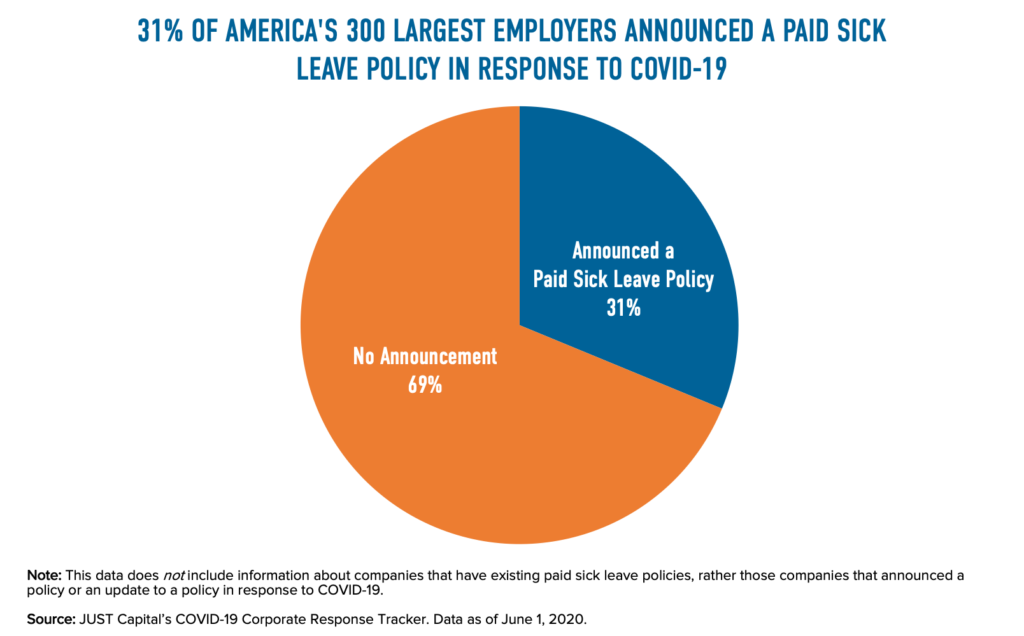
As our country continues to experience a rising number of COVID-19 cases, paid sick leave is vital to containing outbreaks and protecting families’ finances. Corporate actions to date are encouraging, but businesses can and should do much more to ensure all workers – especially low-wage, essential workers – don’t have to choose between their health and earning a paycheck while they wait for Congress to act.
